We can classify the animals into two categories- Oviparous and Viviparous, based on how they produce their new generation.
Oviparous animals are those which lay either fertilized or unfertilized eggs that hatch to give rise to a new young one. Whereas the viviparous are the animals that directly give birth to their younger ones.
In oviparous animals, the development of the zygote occurs outside the body. The developing embryo takes the nutrients from the Yolk present inside the egg.
In contrast, the growth and development of the foetus take place inside the body of the female parent. Here, the embryo remains dependent on the placenta to provide him with the essential nutrients from the mother’s body.
Since the young ones remain in constant exposure to the outer environment, they have lesser chances of survival. But in the case of viviparous organisms, the young one is safe inside the mother’s womb, which increases its chances of survival.
This content will provide the basic differences between viviparous and oviparous animals, along with a comparison chart, characteristics and examples.
Content: Oviparous Vs Viviparous Animals
- Comparison Chart
- What are Oviparous Animals?
- What are Viviparous Animals?
- Key Differences
- Similarities
- Conclusion
Comparison Chart
| Basis for Comparison | Oviparous Animals | Viviparous Animals |
|---|---|---|
| Meaning | Oviparous are the animals which lay fertilized or an unfertilized egg. | Viviparous are the animals which give birth to the young ones, and their development occurs inside the female body (mother's womb). |
| Lay/Give birth | Oviparous are known to lay eggs, which can be fertilized or unfertilized. | Viviparous animals directly give birth to the young ones. |
| Type of fertilization | It can be internal or external fertilization. | It is internal fertilization. |
| Development of zygote | The development of the embryo takes place outside the embryo. | The development of the embryo takes place inside the embryo. |
| Nutrients to the developing embryo | The embryo receives the nutrients from the egg yolk. | The embryo receives the nutrients from the mother. |
| Survival chances | Less chances of survival, as the eggs are laid in an open environment. | More chances of survival, as proper protection and nutrition, is provided to the embryo inside the mother's womb. |
| Examples | Insects, amphibians, fish, reptiles, birds. | Mammals like cats, dogs, humans, elephants, lions, tigers, etc. |
What are Oviparous Animals?
The term oviparous comes from two different words- Ovi, which means egg (related to egg), and parous, which means to bear. So as the name suggests, they are the animals that bear their young ones inside an egg. In simple words, the egg-laying organisms are oviparous.
They can undergo both internal and external types of fertilization. In external fertilization, the male and female gametes fertilise outside their bodies to give rise to a zygote. This zygote grows and develops into an egg.
Whereas in internal fertilization, the fusion of the male and female gamete occurs inside the female body. As soon as the zygote forms after fertilization, it converts into an egg with a hard outer covering. The mother searches for the right spot and prepares her body to lay eggs.
At the time when the deployment of the embryo inside the egg is complete, the eggshell breaks open, bringing alive offspring out. The process of a young one coming out of the eggshell is hatching.
How do the young ones remain alive inside an egg?
The egg remains filled with liquid which is full of the nutrients necessary for the transformation of the embryo into a fully grown young one. This fluid is nothing else than Yolk.
This Yolk nourishes the embryo just like a mother and provides it with all the crucial requirements. The hard outer covering of the egg protects it from external contaminations.
Also, the internal Yolk saves the growing baby from any external jerk or shock, preventing any damage.
What is Oviparity?
Oviparity is the phenomenon that refers to reproduction followed by egg-laying. And the animals that undergo oviparity are oviparous animals.
Characteristics of Oviparous Animals
- The egg laid by the oviparous animals may vary in shape, size and colour.
- Reproduction occurs only when there is plenty of food available for the embryo.
- The oviparous animals can perform internal as well as external fertilization.
- Depending on the type of fertilization, the females lay fertilized or unfertilized eggs.
- The chances of survival of their offspring are comparatively less as the eggs are at the risk of getting damaged by the external environment.
- Due to the higher susceptibility to environmental risk, they produce many offspring in one pregnancy period.
- The embryo takes the nutrients from the Yolk.
- Some oviparous animals take care of their egg until they hatch, such as hens. But some animals leave the eggs after laying them.
Examples of Oviparous Animals
- Birds: All the birds lay eggs with hardshell covering, different colours and sizes. First, they produce a nest where the egg can safely grow for laying the eggs. After laying eggs, they sit on their eggs to keep them warm and take care until it hatches to give birth to the young one.
- Amphibians and Reptiles: All the amphibians and fishes lay eggs. Reptiles are very much like birds. The reptile’s eggs are soft and leathery with thin and vibrant shells.
- Fishes: They also lay eggs. But these eggs are in an unfertilized state as the fishes undergo external fertilization.
What are Viviparous Animals?
The term viviparous comes from two different words- Vivi, meaning alive and parous, meaning to bear. As the name illustrates, these animals bear their alive young ones inside their bodies.
In viviparous animals, the process of fertilization occurs internally. After mating, the male and the female gamete fuse inside the female body, generating a zygote in the uterus.
Afterwards, this zygote grows bigger in size to produce an embryo. The embryo entirely relies on the mother parent for the nutrients and respiration in the womb. It lives there until matured enough to be borne.
What is Viviparity?
It is the mode of reproduction in which the animals directly give birth to the baby without undergoing the egg-laying procedure.
Characteristics of Viviparous Animals
- They directly give birth to their young ones instead of egg production.
- Internal fertilization by a male to the female.
- Distinct reproductive organs.
- Different mating strategies to carry out fertilization which will ensure the development of an embryo in a viviparous manner.
- Placental System: There is a specialized system that keeps the check on the requirement and protection of the baby inside the mother’s womb. The placenta remains attached to the mother’s uterus lining. From this placenta, a thin cord originates that connects the baby and the mother. The umbilical cord provides the nutrients via the bloodstream.
- Some of the viviparian lack the placental system. Instead, they bear other specialized systems to take care of the baby.
- They can reproduce at any time of the year.
- Since they live securely inside the mother’s womb, thus the chances of their survival are more.
- Because of the higher survival rate, they produce fewer offspring.
Presence of Mammary glands in Viviparous Animals
Some viviparian possess specialized organs that produce milk for the baby for a certain period of lactation. We refer these glands as mammary glands.
And since these viviparous animals feed via mammary glands, they are known as mammals.
After the birth of offspring, the mother feeds her milk which contains nutritional elements and some important antibodies. This milk makes him strong so as to face the environmental conditions present outside the womb.
But there are other viviparous animals also that are devoid of mammary glands. Their young ones are already ready to face the environment; thus, they don’t need mammary glands.
Types of Viviparous Animals
1.Marsupial Viviparity: These viviparian lack the placental system. After the fetus’s birth in a premature state, the mother keeps the baby in specialized pouches like structures for protection and feeding. This pouch helps to carry and take care of their babies.
The baby lives inside the pouch until its overall development finishes. Due to this outer bag or pouch, they are known as marsupials.
Example: Kangaroos
2. Placental Viviparity: It is the Viviparity that bears the placenta to provide all the requirements for the baby.
The placental system inside the pregnant female nourishes the embryo during its developing period inside the female womb.
Example: Humans, dogs, cats etc
3. Ovoviviparity: It is the combination of oviparity and viviparity where the female bears the eggs, but internally. And after the maturation of the baby, the young one hatches inside the womb and then is delivered outside.
Examples: Sea horses, Platypus, ray fish, white sharks, slow worm etc.
Key Differences Between Oviparous and Viviparous Animals
- Animals which lay fertilized or unfertilized egg is known as oviparous animals, on the other hand, animals which give birth to the young ones are known as viviparous animals.
- Oviparous are known to lay eggs, while viviparous animals directly give birth to the young ones.
- Internal fertilization is common in both, though external fertilization is also seen in oviparous.
- In oviparous the development of the embryo takes place outside the embryo, but in viviparous the development of the embryo takes place inside the embryo (mother’s womb).
- Nutrients to the developing embryo are received from the egg yolk in oviparous, while in viviparous the embryo receives the nutrients from the mother.
- As the eggs are laid in an open environment, without any protection there are fewer chances of survival in oviparous, whereas in viviparous there are more chances of survival, as proper protection and nutrition are provided to the embryo inside the mother’s womb.
- Insects, amphibians, fish, reptiles, birds, etc are examples of oviparous animals, whereas mammals like cats, dogs, humans, elephants, lions, tigers, etc.
Similarities
- These are the process to produce the young ones of the same species and kind.
- Internal fertilization is possible in both types.
Conclusion
From the above article, we can say, that both these processes are equally important and play a vital role in reproduction, but the ultimate goal of every organism is to increase its species number. We also came to know the importance of the process and how they work.

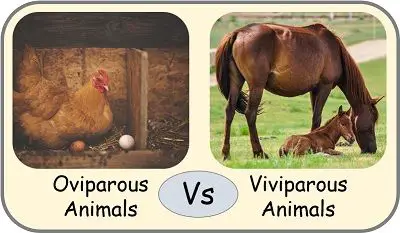
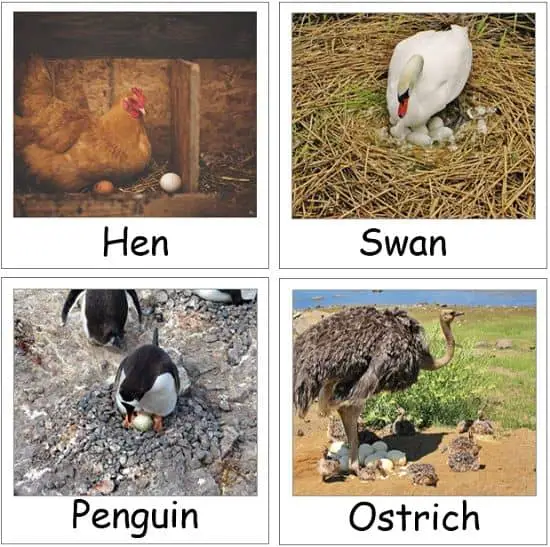
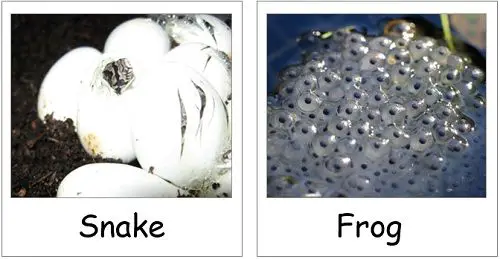
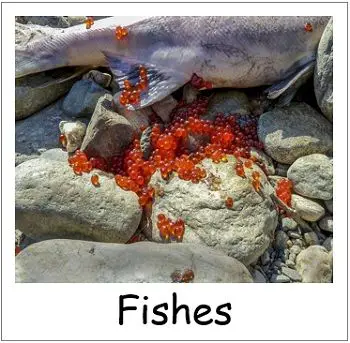
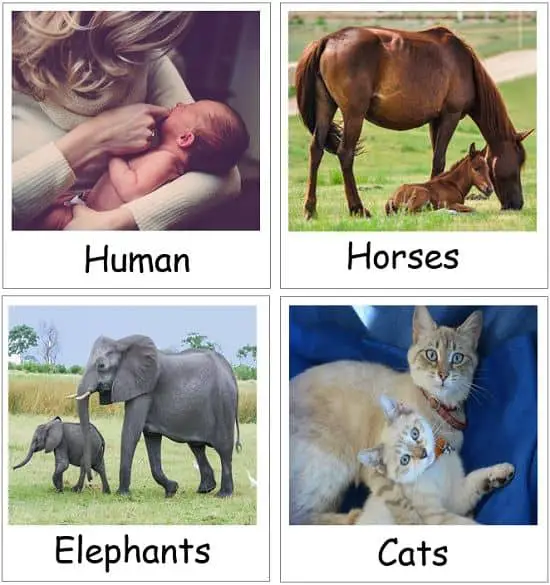
Leave a Reply